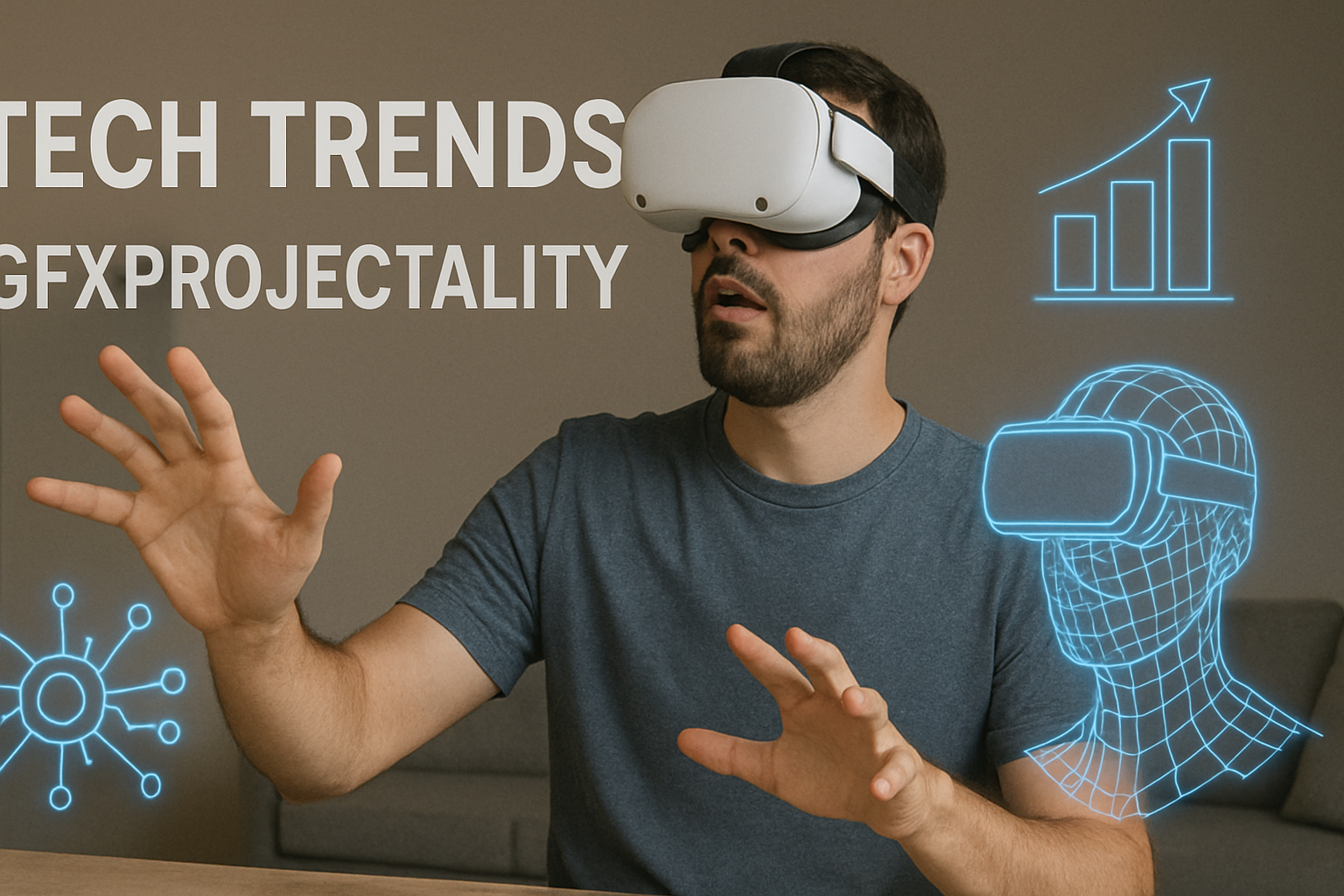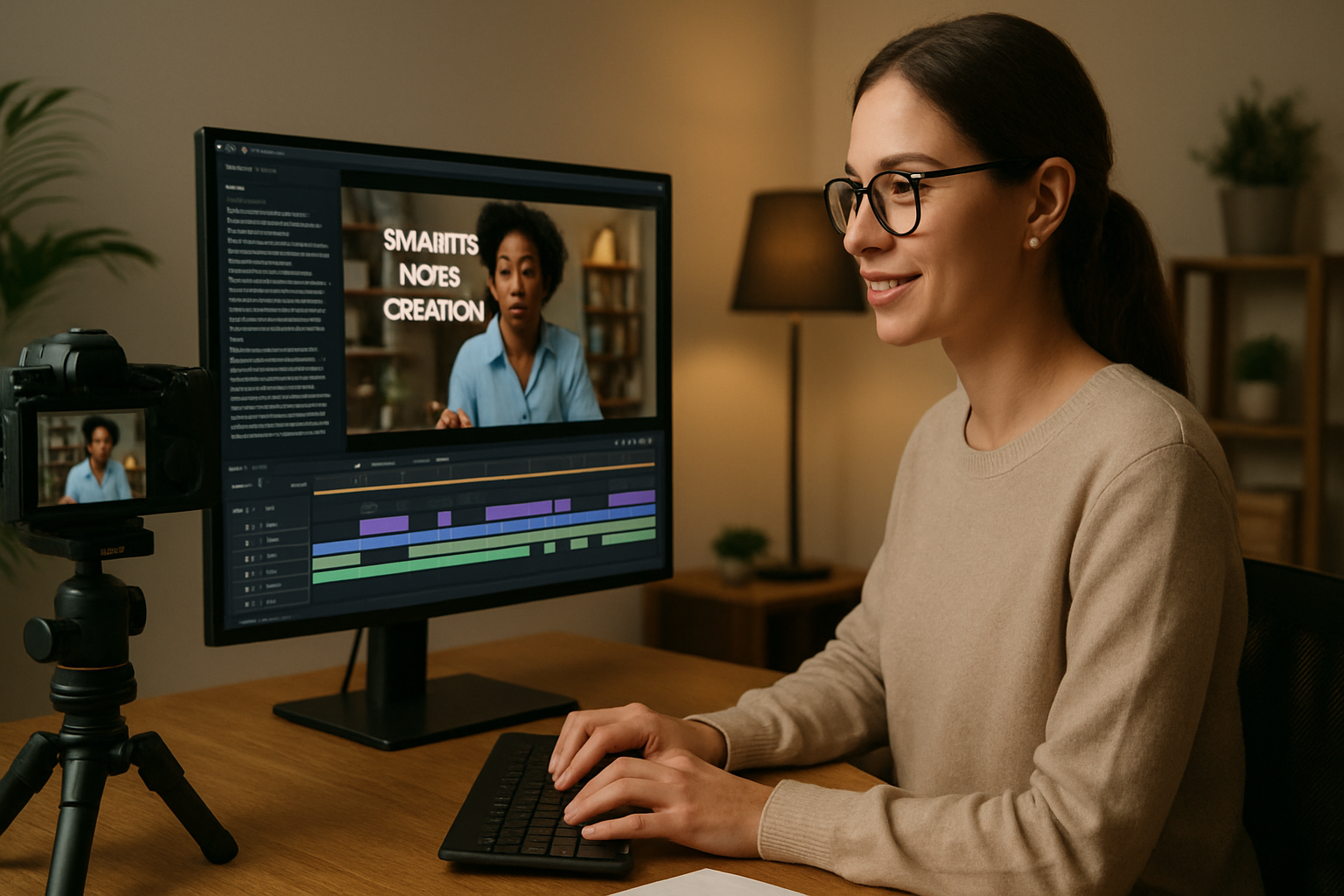Introduction to Tech Trends Gfxprojectality
Technology continues to evolve at a rapid pace, and one of the emerging ideas gaining traction is Tech Trends Gfxprojectality. This concept represents the blending of graphics, digital innovation, and futuristic technology applications in various industries. While it may sound abstract, gfxprojectality highlights how visual technologies, AI-driven design, immersive realities, and advanced computing are shaping the way individuals and businesses approach creativity, communication, and efficiency. Understanding its innovations, insights, and potential impact is essential for those who want to stay ahead in the digital age.
The Meaning of Gfxprojectality in Tech
At its core, gfxprojectality combines two key ideas: “gfx” referring to graphics and visual systems, and “projectality,” which conveys projection, scalability, and futuristic direction. Together, they define a framework for how advanced visuals, simulations, and interactive technologies will become integral to industries such as education, entertainment, healthcare, and business. Instead of being limited to static designs, gfxprojectality enables dynamic, real-time applications that enhance decision-making and user experience.
Evolution of Digital Graphics and Visualization
The foundation of gfxprojectality lies in the history of digital graphics. From early 2D illustrations to today’s highly detailed 3D renderings, digital visualization has gone through constant reinvention. With the rise of powerful GPUs, machine learning models, and cloud computing, the possibilities of interactive and immersive graphics have expanded dramatically. This evolution sets the stage for the next step: integrating advanced visual systems into everyday technology use.
Role of Artificial Intelligence in Gfxprojectality
Artificial Intelligence plays a crucial role in making gfxprojectality a reality. AI-powered image generation, automated rendering, and predictive modeling allow creators to build complex visuals with speed and precision. These systems reduce manual effort while unlocking endless creative possibilities. From virtual try-on experiences in retail to AI-enhanced diagnostic imaging in healthcare, the synergy between AI and gfxprojectality demonstrates how innovation can reshape entire industries.
Immersive Technologies: AR, VR, and XR
One of the most visible aspects of gfxprojectality is the rise of immersive technologies. Augmented Reality (AR), Virtual Reality (VR), and Extended Reality (XR) are redefining how people interact with digital content. Instead of passively viewing information, users can now engage with it in a fully interactive environment. Whether it’s architects visualizing projects in 3D before construction, or students exploring historical events in a VR classroom, immersive tech is a powerful demonstration of gfxprojectality in action.
Gfxprojectality in Business and Enterprise
Businesses are already adopting gfxprojectality-inspired innovations to improve efficiency and engagement. Corporate training programs are moving from traditional slideshows to interactive simulations. Marketing campaigns use AI-enhanced visuals that adapt to user behavior in real-time. Even supply chain operations leverage predictive visualization tools to anticipate disruptions and optimize performance. By integrating advanced graphics and projection technologies, companies gain a competitive edge in their industries.
Impact on Creative Industries
Creative industries, including design, film, and gaming, are at the forefront of gfxprojectality adoption. Modern tools allow designers to generate realistic textures, cinematic environments, and lifelike character animations in record time. Gamers benefit from hyper-immersive worlds that blur the line between reality and simulation. Meanwhile, filmmakers use visual projections and AI-assisted effects to craft breathtaking scenes without the traditional cost barriers. This shift is creating opportunities for new talent and ideas to emerge in the global creative market.
Healthcare Applications of Gfxprojectality
Healthcare is another area where gfxprojectality shows immense potential. Medical imaging powered by advanced visuals allows doctors to analyze patient data with unprecedented clarity. Surgeons can train with 3D simulations before performing complex operations, reducing risks and improving outcomes. AR-assisted procedures help practitioners navigate during surgeries, while VR therapy supports mental health treatments. The combination of graphics and technology offers life-saving innovations that extend beyond traditional methods.
Education and Training Through Gfxprojectality
Education is transforming with the rise of immersive and graphical learning platforms. Instead of relying solely on textbooks and lectures, students can experience interactive lessons where abstract concepts are visualized in real-time. Science experiments, historical explorations, and engineering simulations can all be conducted in digital environments, providing hands-on experiences without physical limitations. This shift creates a more engaging and impactful learning process.
Challenges and Ethical Considerations
Despite its promise, gfxprojectality also brings challenges. Issues such as data privacy, accessibility, and digital inequality must be addressed. High-performance graphics systems often require significant hardware and connectivity, raising concerns about inclusivity for developing regions. Additionally, AI-driven visuals may create ethical debates around deepfakes, misinformation, and authenticity. Ensuring responsible development and fair access is key to harnessing gfxprojectality for positive outcomes.
Future Outlook of Tech Trends Gfxprojectality
Looking ahead, gfxprojectality is expected to expand across industries, influencing both personal and professional environments. The future will likely bring more seamless integration between physical and digital spaces, powered by graphics-enhanced projection technologies. With ongoing advancements in AI, cloud systems, and immersive interfaces, gfxprojectality is positioned to drive the next era of digital transformation, where visuals are not just supportive tools but central to innovation.
Conclusion
Tech Trends Gfxprojectality represents more than just a buzzword—it reflects a movement toward the future of technology where visuals, projections, and advanced computing converge. From AI-driven creativity to immersive training, healthcare innovation, and business optimization, its influence is vast and growing. While challenges exist, the opportunities far outweigh the risks, making gfxprojectality a trend worth watching closely. By embracing its insights and innovations, individuals and organizations can prepare for a future where technology and visualization shape every aspect of human progress.




